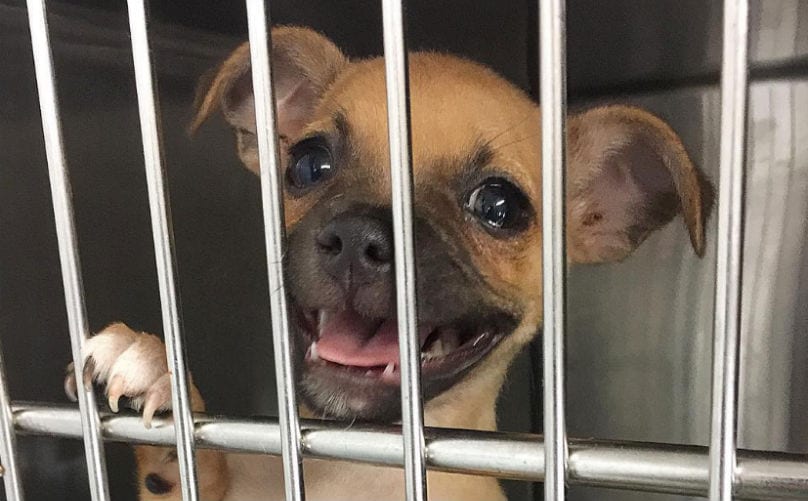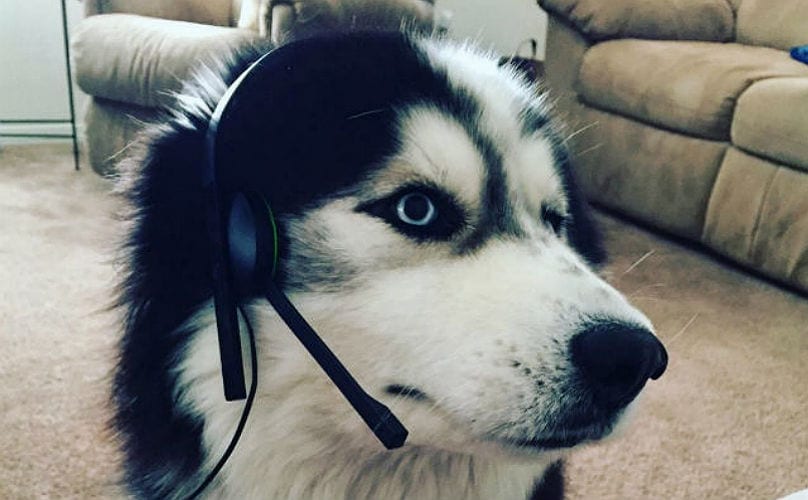They say the eyes are the windows to the soul, but could they also be windows to your dog’s health? Since dogs can’t exactly tell you how they’re feeling, it’s up to dog owners to gather clues from the information their dog gives them. If you get the feeling something is off with your dog, the first place you should look is their eyes.
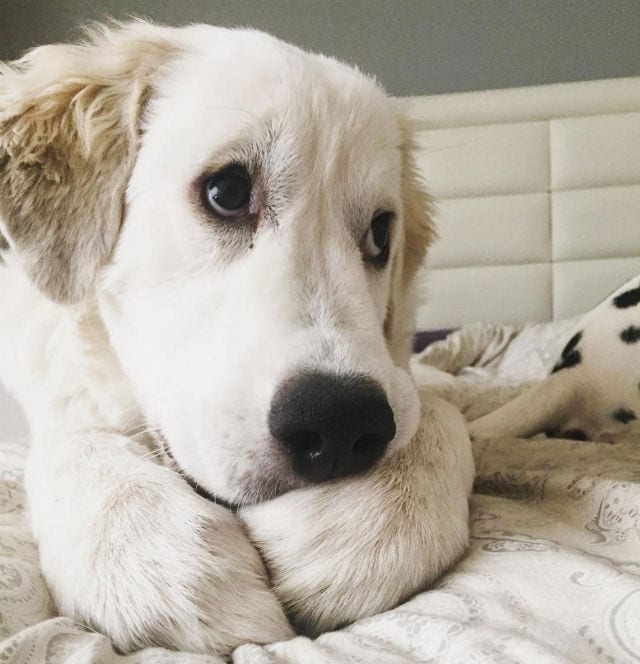

Dog’s eyes are connected to both the vascular and neurological systems, making them a storehouse for health-related info. Not only can you learn about their eye health, you can also sometimes find clues to other health issues they may be having.
[bp_related_article]
So, what should you be looking for when you gaze deeply into your pooch’s eyes?
1. Red eyes
This is one of the most obvious signs that your dog’s not feeling 100%. Whether both eyes are red, or just one, it’s an obvious sign that the eye needs to be checked out by a professional.
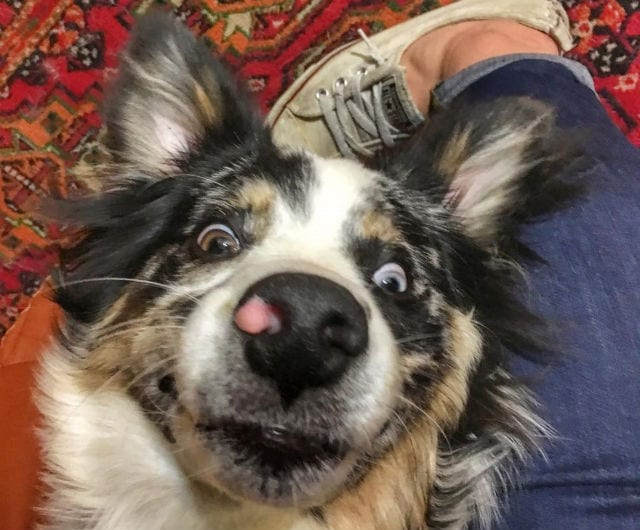

Red eyes can be caused by a variety of different issues ranging from minor to more serious. Minor injuries, such as dry eyes or scratches on the surface of the eye can cause the eye to change color, but so can more serious ailments like uveitis (inflammation inside the eye) and glaucoma (increased pressure in the eye.)
2. Discharge
Discharge from the eyes is another obvious sign of an underlying health issue. Discharge that is watery, gray and ropy, yellowish-green and thick, or bloody could indicate a long list of potential eye issues. In general, the more discharge, the more serious the issue.


Discharge could be caused by something relatively minor like conjunctivitis (pink eye) or something more serious like Keratitis (inflammation of the cornea) or Blepharitis (inflammation of the eyelids).
While some breeds naturally have more eye discharge than others, if you notice an increase in the amount or consistency, it’s time for a trip to the vet.
3. Hazy or Cloudy Eyes
Most people assume that hazy or cloudy eyes are limited to older dogs, but it can occur at any age. There are a few causes of hazy or cloudy eyes in dogs; some related to trauma and others to disease.


Scratches on the cornea or inflammation inside the eye can cause more than just redness; it can result in the eye becoming cloudy. Other common causes are glaucoma (a buildup of pressure in the eyes) and cataracts. Cataracts are often associated with senior dogs, but they can be present at birth or develop when dogs are between one and three years of age. More often than not, the development of cataracts is linked to diabetes.
4. Squinting, Rubbing Eyes, Holding Them Shut Or Excessive Blinking
If you see your dog squinting, rubbing their eyes, holding them shut, or blinking excessively, it usually indicates ocular pain. This pain is nothing to be taken lightly, because there are so many sensory nerve endings on the cornea’s surface.


This rubbing behavior could be due to a number of issues, such as allergies or an infection. Fortunately, the majority of the underlying causes of the ocular pain can be quickly resolved with topical antibiotics.
5. Visible Third Eyelid
Having a dog’s third eyelid visible can be startling for owners and a quick indication that the eye is irritated. The occurrence of a swollen, visible third eyelid in dogs is called “cherry eye.”
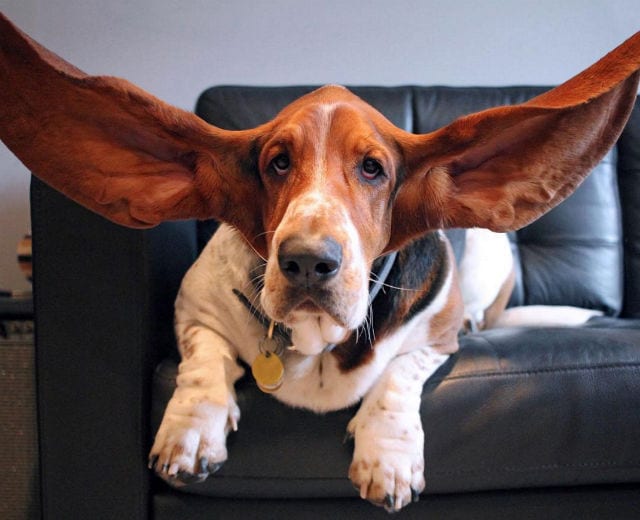

6. Unequal Pupil Sizes
Similar to humans, having pupils of unequal sizes is an indication that a bigger issue is present. This variance in pupil size may be the only visible issue, or it can be paired with red or cloudy eyes and discharge.


There are a few reasons why your dog’s pupils may be uneven, all of which are fairly serious. It could be due to an issue in the eye, such as a corneal ulcer, glaucoma, or retinal disease, but it could also be linked to disease or injury to the brain or nerves connected to the eye.
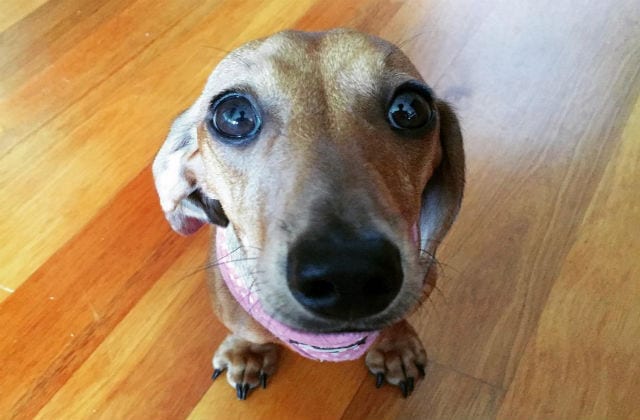

As you can see, some eye issues are more serious than others, but all should be taken seriously. By regularly monitoring your dog’s eyes, you’ll quickly notice if there is a change in their appearance. The earlier you notice these changes, the quicker they can be resolved and your dog can go back to giving you their normal lovey-dovey eyes.


It should also be mentioned that eye conditions have many causes beyond what we’ve covered on this list and it’s unlikely that every dog will display the same symptoms. If you notice that your dog is displaying these symptoms or any others, consult with your veterinarian immediately. You can count on your vet to get to the root of what is causing the change in your dog’s eyes.
Sources: Vetstreet, Pet Place, WebMD, PetMD, VCA Animal Hospitals




